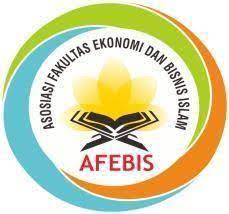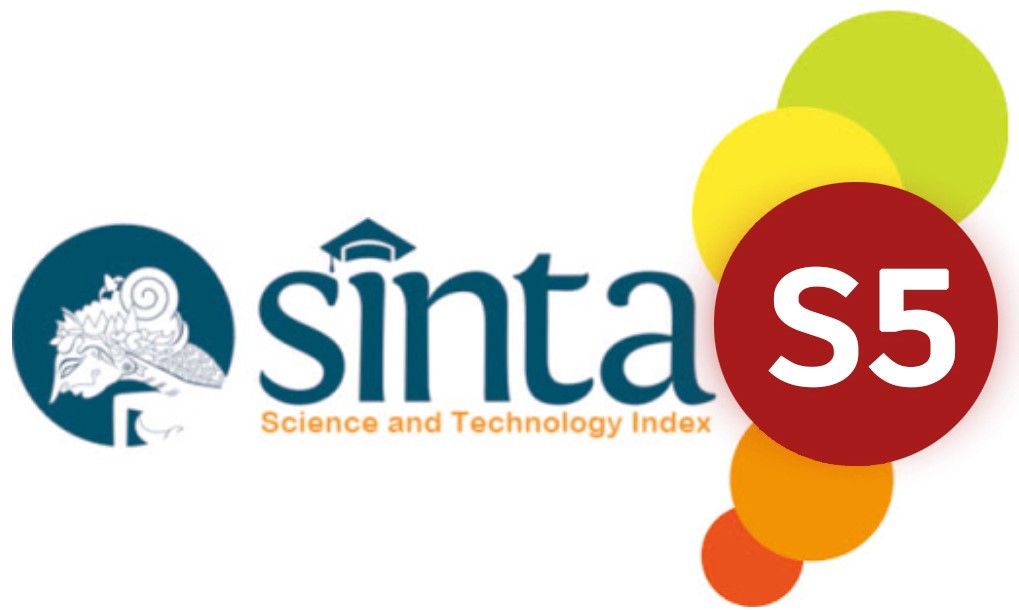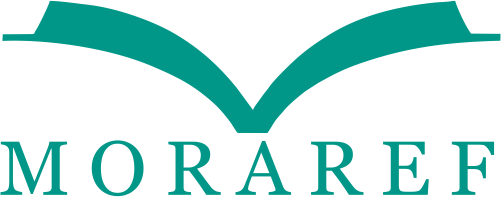ADOPTING NEW MANAGEMENT TECHNOLOGIES FOR BETTER TOURIST EXPERIENCES IN MALAYSIA’S TOURISM SECTOR
Abstract
Keywords
Full Text:
PDFReferences
Abumandil, M., Ekmeil, F. A. R., Younus, A. M., & Alkhawaja, M. I. (2022). Mobile augmented
reality elements and social media usage on smart tourism in Penang: Malaysian. ECS Transactions, 107(1), 10935.
Adeyinka-Ojo, S., Lee, S., Abdullah, S. K., & Teo, J. (2020). Hospitality and tourism education
in an emerging digital economy. Worldwide Hospitality and Tourism Themes, 12(2), 113-125.
Bec, A., Moyle, B., Schaffer, V., & Timms, K. (2021). Virtual reality and mixed reality for the second
chance tourism. Tourism Management, 83, 104256.
Biswas, C., Omar, H., & Rashid-Radha, J. Z. R. R. (2020). THE IMPACT OF TOURIST
ATTRACTIONS AND ACCESSIBILITY ON TOURISTS'SATISFACTION: THE MODERATING ROLE OF TOURISTS'AGE. Geo Journal of Tourism and Geosites, 32(4), 1202-1208.
Buhalis, D., & Amaranggana, A. (2015). Smart tourism destinations enhancing tourism
experience through personalisation of services. In Information and Communication Technologies in Tourism 2015: Proceedings of the International Conference in Lugano, Switzerland, February 3-6, 2015 (pp. 377-389). Springer International Publishing.
Dey, B., Mathew, J., & Chee-Hua, C. (2020). Influence of destination attractiveness factors and
travel motivations on rural homestay choice: the moderating role of need for uniqueness. International Journal of Culture, Tourism and Hospitality Research, 14(4), 639-666.
Ercan, F. (2020). An examination on the use of immersive reality technologies in the travel
and tourism industry. Business & Management Studies: An International Journal, 8(2), 2348-2383.
Gretzel, U., Werthner, H., Koo, C., & Lamsfus, C. (2015). Conceptual foundations for
understanding smart tourism ecosystems. Computers in Human Behavior, 50, 558-563.
Gössling, S. (2002). Global environmental consequences of tourism. Global environmental
change, 12(4), 283-302.
Grundner, L., & Neuhofer, B. (2021, March 19). The bright and dark sides of artificial
intelligence: A futures perspective on tourist destination experiences. Journal of Destination Marketing & Management
Khoo, S. L., Samat, N., Badarulzaman, N., & Dawood, S. R. S. (2015). The promise and perils of
the island city of George Town (Penang) as a creative city. Urban Island Studies, 1(1), 20-34.
Lian, J. C. K. (2020). Developing rural tourism through co-creation of sustainable tourist
experiences. In The Routledge Handbook of Tourism Experience Management and Marketing (pp. 473-484). Routledge.
López-Benítez, M., & Buhalis, D. (2017). Augmented reality in tourism: A state-of-the-art
review. Tourism Management Perspectives, 24, 65-77.
Moiseeva, V. Y., Lavrentyeva, A. V., Elokhina, A. K., & Moiseev, V. I. (2019). AR and VR
technologies as a factor of developing an accessible urban environment in tourism: Institutional limitations and opportunities. International journal of engineering and advanced technology, 8(6), 5313-5317.
Mustapha, F., Ismail, F., Muda, M. K. H., Na’im Abdullah, M., Yaakob, M. S., & Kadir, M. N.
(2021). “New Normal” Conceptual Approach; Augmented Reality (Ar) Tourism In Terengganu. BIMP-EAGA Journal for Sustainable Tourism Development, 10(1), 75-83.
Neuburger, L., Beck, J., & Egger, R. (2018). The ‘Phygital’tourist experience: The use of
augmented and virtual reality in destination marketing. In Tourism planning and destination marketing (pp. 183-202). Emerald Publishing Limited.
Osman, Z., Othman, F. I., Musa, N., & Richard, C. M. (2023). Exploring the Relationships among
Image, Perceived Value, Satisfaction, and Loyalty among Tourists in Homestay Tourism Sector. International Journal of Academic Research in Business and Social Sciences, 13(8), 1294-1308.
Pearce, D. (2018). Virtual reality and tourism: A review of the literature. Tourism Management Perspectives, 25, 171-179.Reisinger, Y., & Turner, L. W. (2010). Cultural tourism. Routledge.
Shih, N., & Chen, Y. (2020, October 1). LiDAR- and AR-Based Monitoring of Evolved Building
Façades upon Zoning Conflicts.
Sulong, K. N. S. K., Sabri, M., Wong, V., & Rosli, N. A. (2023). ENGLISH ORAL PROFICIENCY
AND TOURISM ENTREPRENEURSHIP: IDENTIFYING AND OVERCOMING CHALLENGES. Practitioner Research, 5, 125-141.
World Economic Forum (WEF). 2017. The Travel & Tourism Competitiveness Report
https://www3.weforum.org/docs/WEF_TTCR_2017_web_0401.pdf
Xiang, Z., Fesenmaier, D. R., & Gretzel, U. (2017). Augmented reality applications for tourism:
A systematic literature review. Tourism Management Perspectives, 23, 68-80.
DOI: http://dx.doi.org/10.24042/revenue.v4i2.20594
Refbacks
- There are currently no refbacks.
Manajemen Bisnis Syariah UIN Raden Intan Lampung








